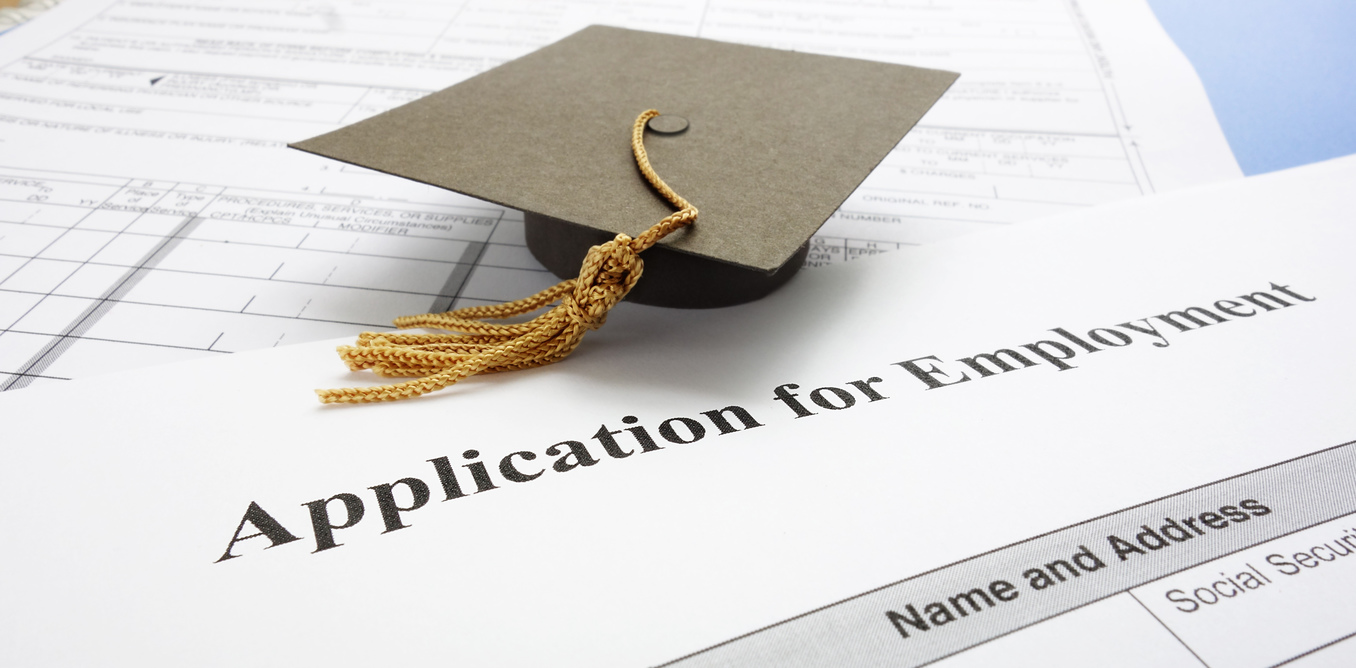The unemployment of three groups, namely young people, women and the educated, will put considerable pressure on Iran’s labor market in the coming years.
This was stated by Special Assistant to the President on Economic Affairs and Secretary of the Economic Coordination Headquarters Masoud Nili on Saturday.
Data presented by government’s leading economist show unemployment rates recorded for these three groups are by far higher than the country’s average unemployment rate, the Persian daily Donya-e-Eqtesad reported.
Nili divided the labor market into three periods of “pre-2006”, “2006-13”, and “post 2013 hitherto” based on changes in economic participation rate (i.e. the proportion of the population of ages 10 years and above that is either employed or looking for work) and the number of university graduates.
Before 2006, the proportion of the rise of economic participation rate and the number of university graduates was roughly equal. The second period (2006-13) saw the number of university graduates increase significantly whereas the participation rate began a downtrend.
“In fact, the participation rate is what marks off these three periods because the number of graduates has risen continuously since 2006. From 2013 onward, participation rate realigned with the number of graduates, like the first period. But this time, the rise in participation rate was sharper than in the years before 2006,” he explained.
According to Nili, the number of university students has been on the rise from 1996 to 2011 before the downtrend began.
Noting that the unemployment rate of women and young people have been higher than the average rate since 1996 to date, Nili said 2011 marked a change in the composition of unemployed population.
“Up until then, the unemployment rate of educated population was lower than the average. Since then, the number of educated jobless people has exceeded the average rate. Even in 2012, as the unemployment rate fell, the unemployment of this group (the educated) increased,” he said.
“These two trends (decline in the number of students and growth in the number of graduates) have two messages for policymakers. First, there are a large number of graduates waiting to enter the labor market and second, admissions to universities are declining.”
Nili also gave a gender-wise analysis of Iran’s labor market in two periods: 2006-13 and 2014-16. The entry of economically active men into the labor market was on the rise in both periods, particularly over the past three years.
This comes as a dramatic rise has been seen in the number of women willing to enter the labor market since 2013.
In fact, women’s presence in the job market has outweighed that of men over the past three years.
“Given the considerable investment made in women’s higher education, they are highly likely to grab the lion’s share of Iran’s labor market in the future. The job market needs to get ready for this changing labor force gender composition,” he concluded.
The latest report by the Statistical Center of Iran shows that 12.6% or 3.36 million Iranians were unemployed in the first quarter of the current fiscal year (March 21-June 21).
A total of 10.6% of men (or 2.24 million) and 20.8% of women (or 1.11 million) of ages 10 and above were jobless during the first quarter. The unemployment rate was 14.4% for urban areas and 7.8% for rural areas. Joblessness was higher among women compared to men and among those living in urban areas.
SCI put Q1 labor force participation rate at 40.6% or 26.67 million people. Men’s and women’s economic participation rates were 64.5% and 16.4% respectively.
The unemployment rate for young people, i.e. for those of ages between 15 and 29, stood at 26.4% in spring, indicating a 1.5% rise compared with last year’s corresponding period and a 0.9% increase compared with the previous quarter.
Employment is defined as persons of working age engaged in any activity to produce goods or provide services for pay or profit, whether at work during the reference period or not at work due to a temporary absence from a job, or to working-time arrangement.
A new study shows long-term unemployment has reached alarming levels, especially among college graduates and women.
Out of the 2.7 million people seeking jobs today, 1.1 million have been searching for over a year to no avail, a study by the Center for Education and Research on Management and Planning that operates under the president.
The study analyzes data for the second quarter of the fiscal 2015-16. Jobs data in Iran are scarce and this is one of the few studies dealing with long-term unemployment. The previous study was conducted by Iran’s Chamber of Commerce, Industries, Mines and Agriculture in 2013-14.
Based on the data, 40% of Iran’s jobless fall into the long-term unemployed category. The ratio is higher among women at 52%, while over a third of jobless men have been seeking work for over a year.
The crisis is more acute among college graduates who are deemed more skilled in general, with 49.2% of unemployed graduates pursuing a mirage for over a year. The figure falls to 33% for those without university degrees.
According to the 2013-14 study, nine out of 10 people that joined the workforce from 2006 to 2011 did not find a job. The situation has worsened after the 2012-13 financial crisis in Iran, as it further suppressed the job market.


